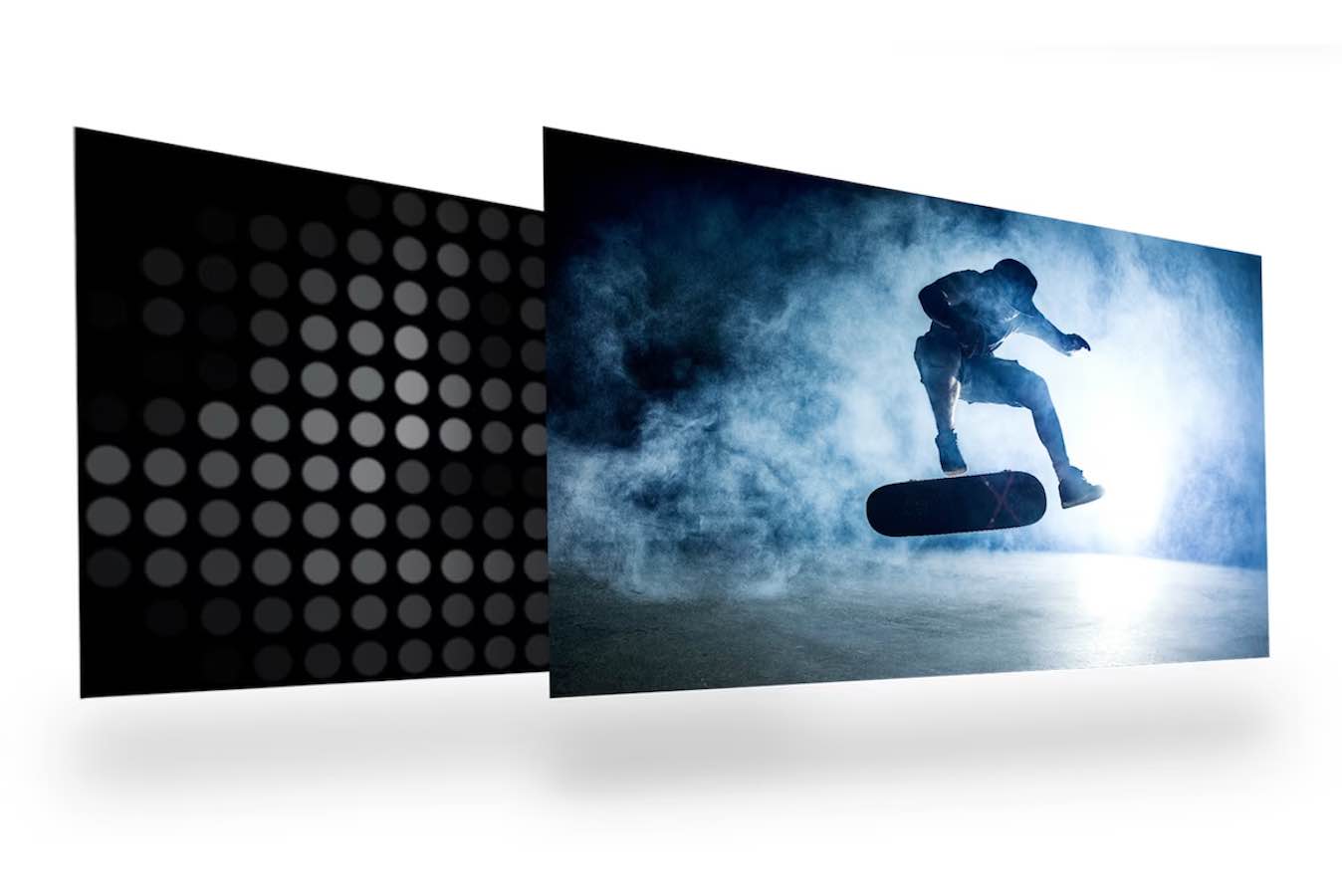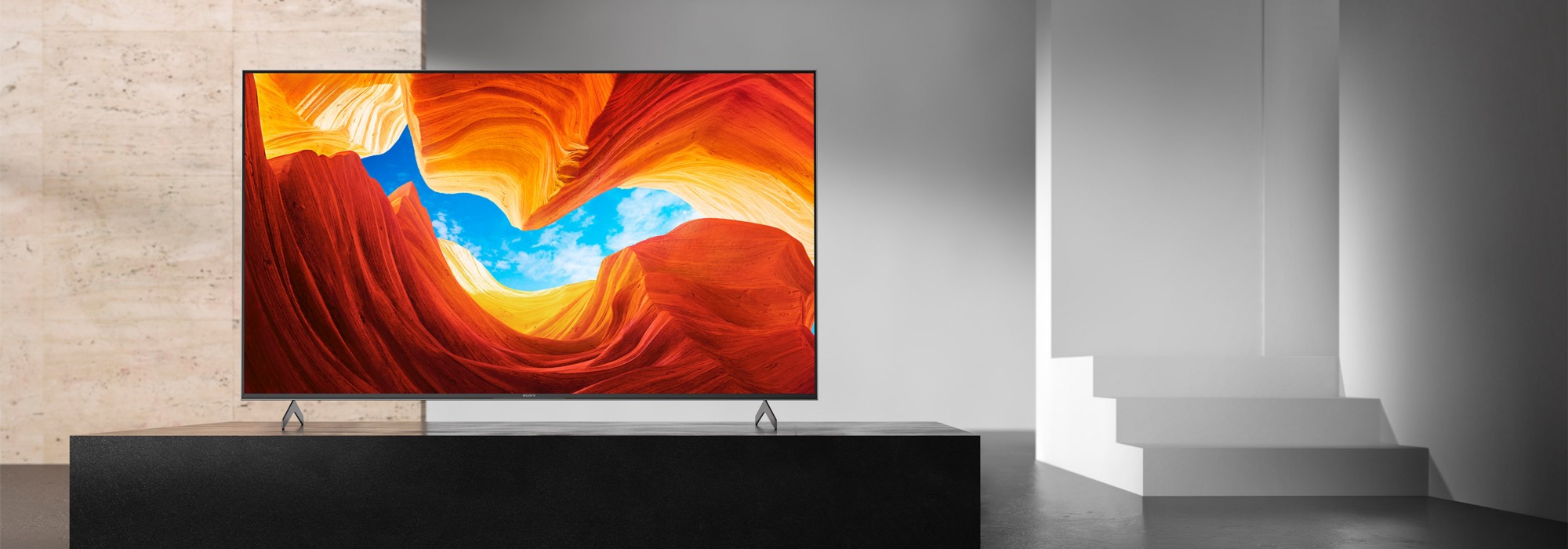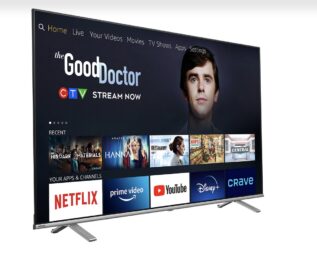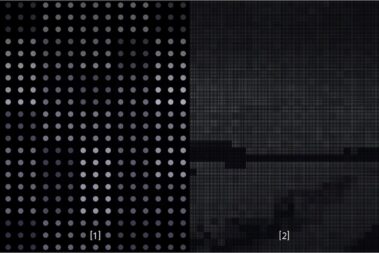
There are a lot of different ways to shop for a new TV. Some people like to choose the size of the TV first, while others will choose a resolution like 4K or 8K to narrow down their options. When I shop for a TV, I like to look for the type of TV or the backlight it uses first. There are a lot of different options in the world of backlighting, and Full Array is one of the most popular in the LED category.
What is a Full Array TV?

A TV backlight refers to how the TV is lit or how it brings videos and images to life on your screen. As of right now, your choices of backlight are LED, Mini-LED, Mini-LED with QLED, and MicroLED. There are also OLED TVs, but OLED is self-illuminating and it does not require an additional light source or backlight.
Full Array TV, also known as FALD TVs, is a type of LED TV. In terms of backlight, there are two ways you can light an LED TV – edge-lit and back-lit. Back-lit LED TVs use a configuration of LEDs placed strategically around the panel in a type of grid or ‘array’ behind the screen. These LEDs provide light to your TV.
Full Array TVs have better control over the individual LED zones. The backlight can dim or turn off in different zones, and because of that, this type of TV can achieve better contrast between light and dark images and a colour palette that’s bright and vibrant.
What are edge-lit TVs?
While Full Array TVs have LED zones, edge-lit TVs are lit with LEDs that are only placed around the sides or edges of the screen. Edge-lit TVs create contrast by brightening and dimming as a group, and the only light on the TV comes directly from the edges. Because the LEDs don’t turn off and on individually or have ‘zones’, edge-lit TVs don’t have the same realistic picture quality, improved contrast, and colour reproduction that back-lit TVs like Full Array do.
Is Full Array better than OLED?

As mentioned, OLED TVs use self-illuminating organic diodes to light the TV. Because each pixel can turn off and on independently, OLED TVs are the only type of TV able to achieve true black and have the best possible contrast between light and dark. OLED TVs are capable of producing the most realistic picture quality possible on a TV right now while Full Array TVs have the best picture quality possible on an LED TV.
One of the key considerations when choosing between an OLED TV and a Full Array TV is budget. OLED TVs are quite a bit pricier than Full Array TVs, so if you’d like a TV upgrade but you don’t want to spend a lot, Full Array may be a good choice. You may also want to choose a Full Array TV if your living room or TV room has a lot of natural, daytime light. Full Array TVs are brighter than OLED TVs, although that could change as more brands release new, brighter OLED TVs over the next year.
Is Full Array better than QLED?
QLED is not a backlight itself, but QLED TVs use Mini-LED as a backlight. QLED refers to the layer of quantum dots that are applied between a backlight made up of thousands of Mini-LEDs. This layer enhances peak brightness and gives colour a big boost, making Mini-LED QLED TVs some of the brightest TVs on the market.
Brightness of Full array vs QLED

A nit is a unit of measurement that quantifies the brightness or luminance of a TV or a light source. In terms of peak brightness, a Full Array TV can reach approximately 1,000 to 2,000 nits. QLED TVs can reach approximately 2,000 nits peak brightness, and the newest Samsung models can reach up to 4,000 nits. If you’re looking for a TV for a dark room or a room without a lot of natural light, Full Array and QLED TVs will be pretty close in terms of peak brightness levels.
If your budget is the main consideration when choosing between the two, QLED TVs will be less expensive than OLED TVs but more expensive than Full Array TVs. You can find both QLED TVs and Full Array TVs with 4K resolution too.
For a lot of people, the choice really comes down to picture quality. Backlight is one of the most important factors in determining picture quality because the more controllable light a TV has, the better your image quality will be. That’s where Full Array falls short. A Full Array TV will only have a few hundred LEDs to light the TV compared to several thousand Mini-LEDs used on a QLED TV. Because of that, the QLED TV will have a true-to-life picture with sharper details, more dynamic colour, and better contrast than a Full Array.
Which brands make Full Array TVs?
While TV technology is moving toward Mini-LED, OLED, and eventually MicroLED as the standard backlights, LED TVs are still popular and widely available. You’ll find Full Array TVs in a range of sizes from brands like LG, Sony, Samsung, and others.
Which TV is best for you?
Backlight, size, and resolution – these are only a few things people take into consideration when choosing a new TV. Some people prefer to stick to the same brand, while others will opt for a TV with the latest HDMI technology or a fast refresh rate to enhance gaming. If you’re weighing the pros and cons of different TVs, you can read more on how to choose a new TV in the TV buying guide and the 4K TV buying guide.
Whether you choose a Full Array TV or opt for a different type, you can find a variety of TVs to choose from at Bestbuy.ca.




Great article! I’m really interested in learning more about Full Array TVs and their benefits. Can you explain how they differ from traditional LED/LCD TVs and why they are worth the investment?
Sony’s full array 75 inch tv XR75X90L vs qled 75 inch QN75Q80CAFXZC
Which one is better? Are they closely match in picture quality
Comments are closed.